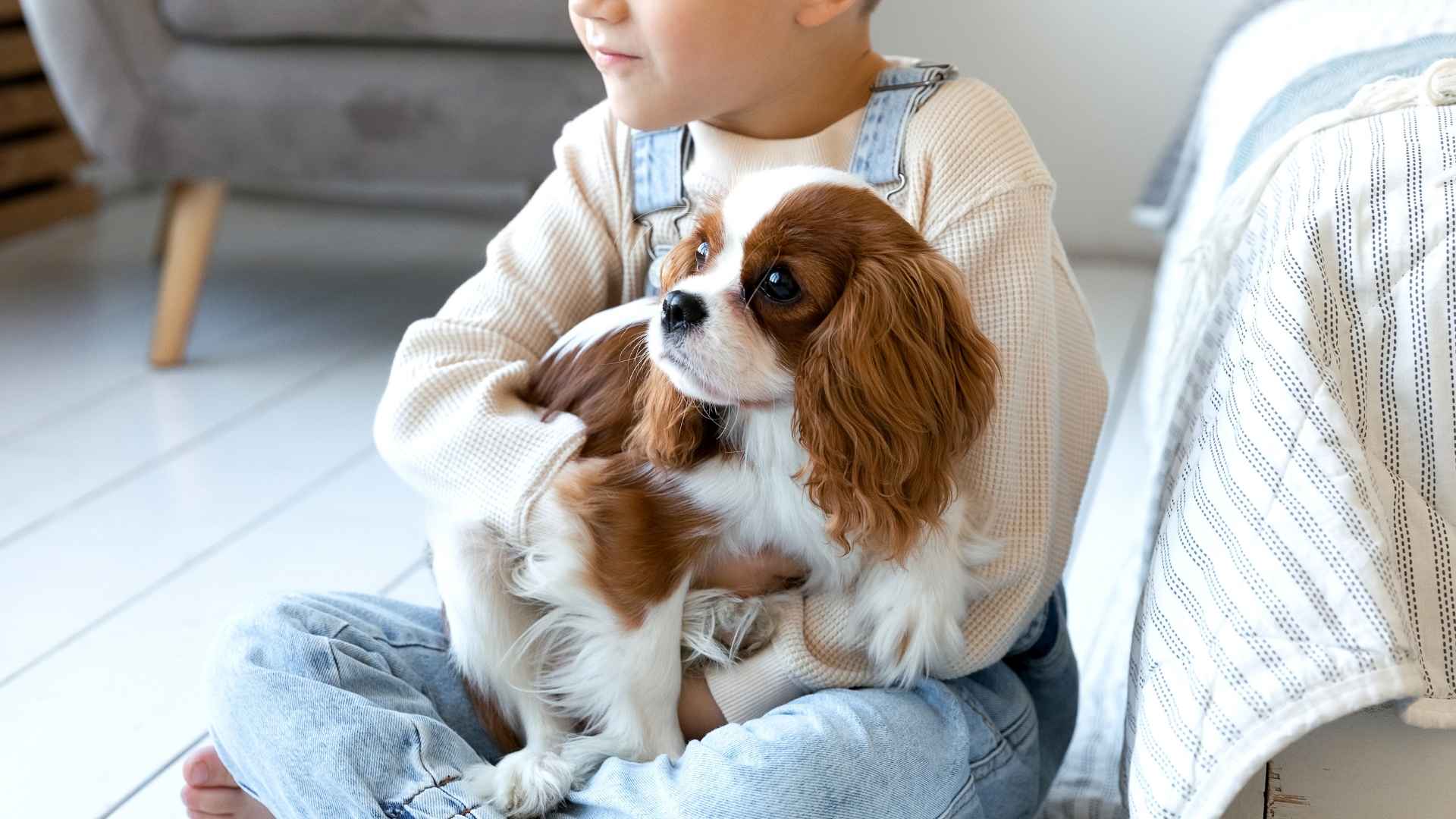Dogs have long been cherished as loyal companions, but their impact goes far beyond friendship, especially when it comes to children. In recent years, therapy dogs have emerged as powerful allies in nurturing emotional well-being among kids facing anxiety, developmental challenges, or trauma.
Carefully chosen for their temperament and trainability, these dogs offer more than comfort—they become sources of confidence, calm, and connection during a child’s most vulnerable moments.
Therapy dog programs have become increasingly structured, typically falling into two categories: Animal-Assisted Therapy (AAT) and Animal-Assisted Activities (AAA). While AAT follows a more goal-oriented framework, often integrated into counseling or rehabilitation, AAA is more informal, focusing on companionship and enjoyment. In both cases, a trained handler ensures that the interaction remains safe, therapeutic, and meaningful.
For families considering the addition of a therapy dog, breed selection is crucial. It’s not just about finding a dog that’s good with kids—it’s about discovering a four-legged friend who can offer therapeutic value, unconditional love, and perhaps even become a child’s most trusted emotional anchor.
Therapy Dog Breeds For Kids
1. Golden Retriever
The Golden Retriever is famed for its patience, friendliness, and intelligence. According to the AKC, the Golden Retriever is a lively and beautiful gundog from Scotland that ranks as one of the most popular dog breeds in the United States.
Developed in the 19th century for retrieving game, this sporting group dog is now renowned for its calming presence, especially around children. Males typically stand between 23 to 24 inches tall and weigh 65 to 75 pounds, while females are slightly smaller.
Their medium-length double coat ranges from light to deep golden, offering a soft, huggable texture that many children find comforting. With a lifespan of 10 to 12 years, Golden Retrievers are affectionate, energetic, and eager to please—traits that make them the best therapy dog breeds for kids navigating emotional or developmental challenges.
Ideal Owner
Golden Retrievers thrive in active households that can meet their high exercise needs and love of play. They are ideal for families who enjoy the outdoors and are seeking a large, sociable, and gentle dog to engage with children.
Their kind nature and tolerance make them especially suitable for kids with autism or anxiety, offering both emotional support and a sense of security.
Fun Fact: These emotional support dogs have been used in therapy sessions to help children cope with traumatic events due to their naturally comforting and nurturing temperament.
2. Labrador Retriever
Originating from Newfoundland and refined in the United Kingdom, this breed belongs to the Sporting group and is known for its boundless enthusiasm and unwavering loyalty. PetMD states that the Labrador Retriever is among the most favored dog breeds in the U.S.
Male Labs typically stand between 22.5 to 24.5 inches tall and weigh 65 to 80 pounds, while females range from 21.5 to 23.5 inches in height and weigh 55 to 70 pounds. They boast a dense, short double coat in black, chocolate, or yellow, and have an average lifespan of 10 to 12 years.
Labradors are outgoing, affectionate, and have a naturally gentle nature, making them the best dog breeds for children in need of emotional support.
Ideal Owner
Labrador Retrievers thrive in families with children, especially those who require companionship or emotional grounding. Their patient, tolerant demeanor and desire to please make them particularly suited for children with developmental or emotional challenges.
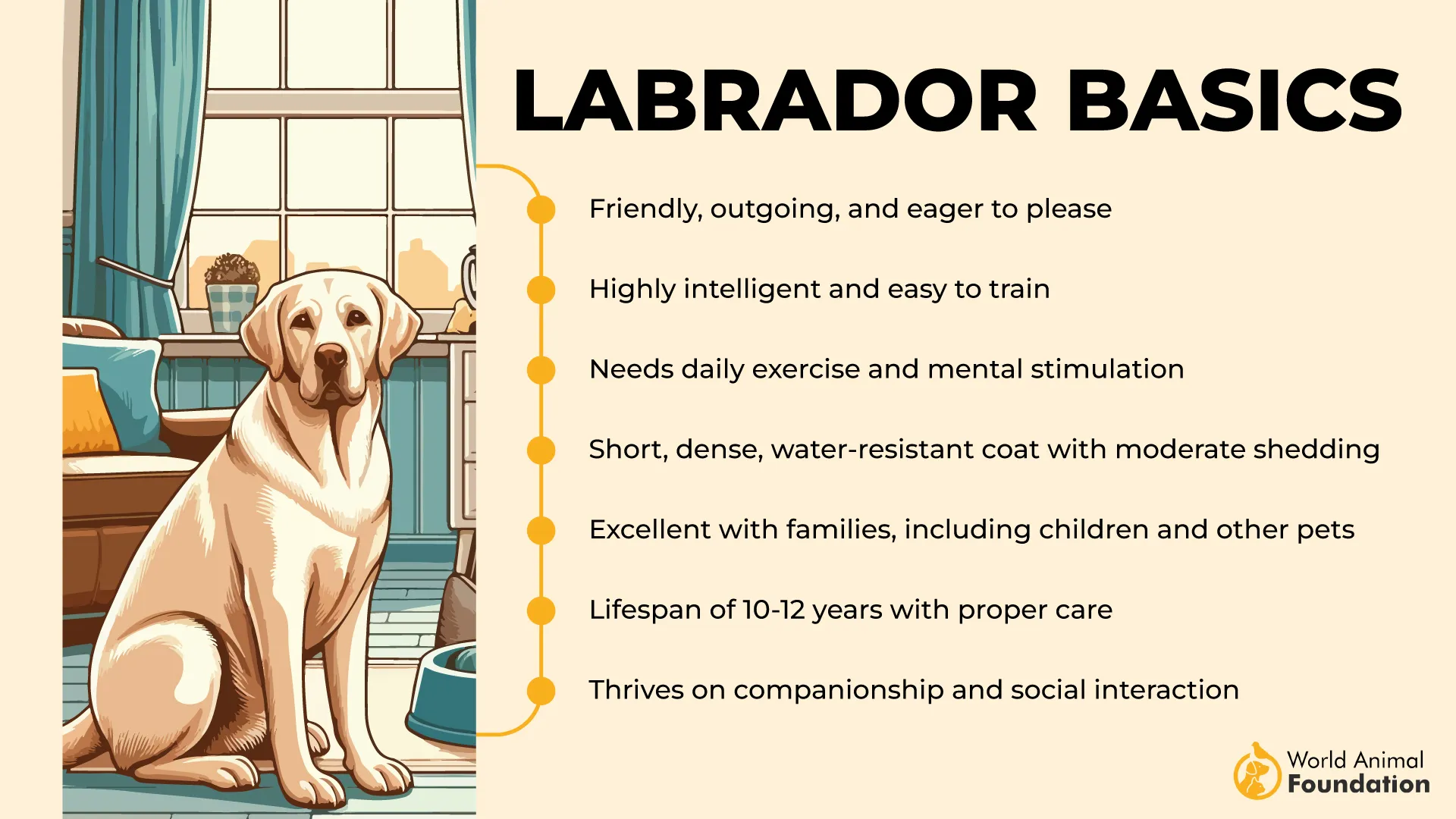
Whether providing calm through a therapy session or engaging in play at home, Labs are ideal for parents seeking a loyal, steady presence for their child’s well-being.
Fun Fact: Labs are not only exceptional therapy dogs—they’re also the most commonly chosen breed for service work across the globe.
3. Cavalier King Charles Spaniel
The Cavalier King Charles Spaniel, affectionately known as the Cavalier, blends aristocratic charm with a warm, people-loving nature. Originally developed in England as a lapdog for royalty, this toy breed stands about 12 to 13 inches tall and weighs between 13 to 18 pounds.
Its long, silky coat, feathered ears, and expressive eyes make it especially endearing to children. The breed’s coat colors include ruby, tricolor, Blenheim (chestnut and white), and black and tan.
Though compact in size, Cavaliers retain a hint of their sporting ancestry, often delighting in short bursts of play and gentle outdoor walks. With a life expectancy of 12 to 14 years, they offer lasting companionship.
Ideal Owner
This breed flourishes in the company of gentle, affectionate individuals, particularly families with children who enjoy interactive play and cuddle time. WebMD describes the Cavalier King Charles Spaniel as a fun-loving and affectionate breed that makes an excellent family pet.
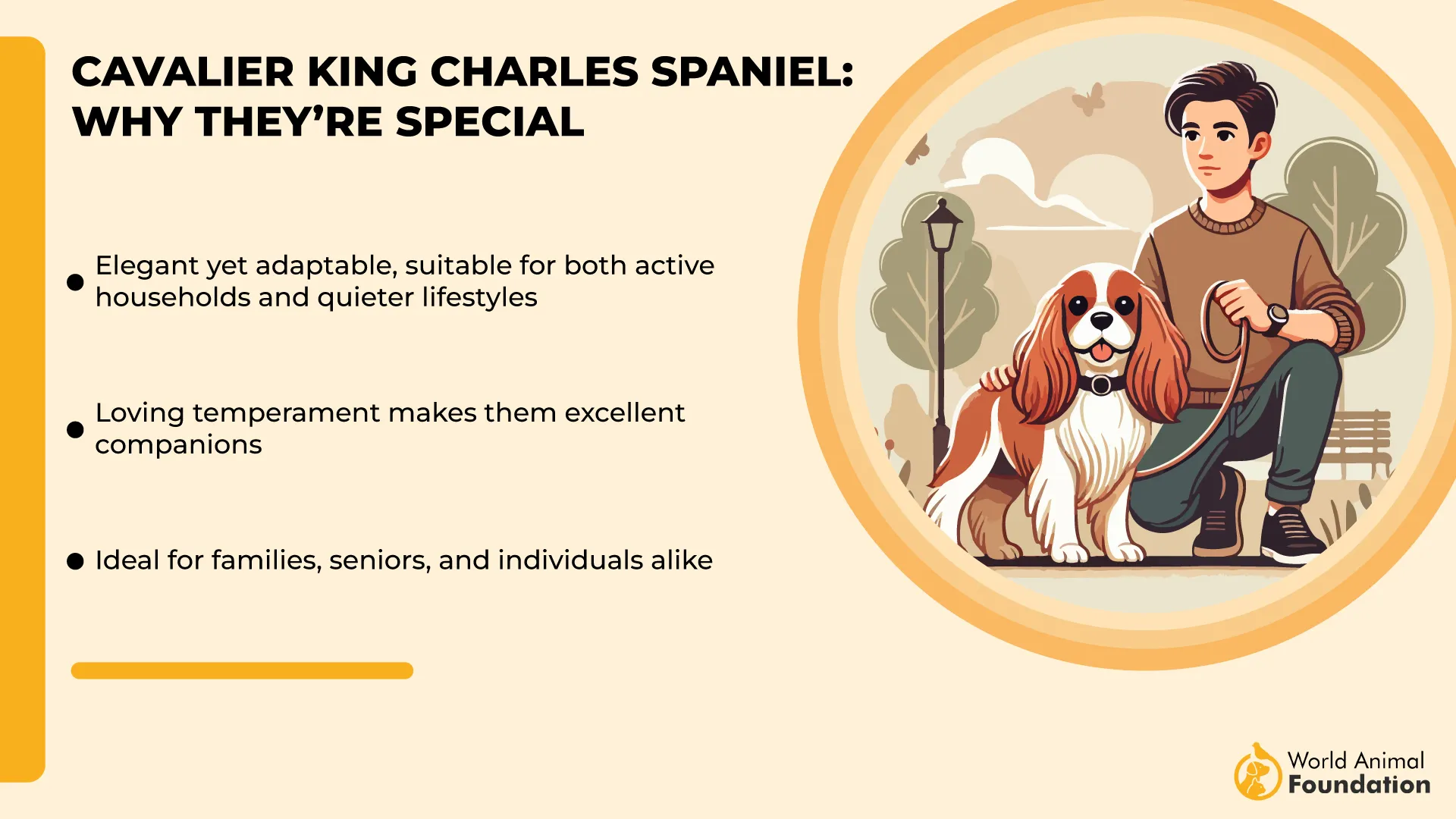
Cavaliers are well-suited to both first-time pet parents and seasoned dog owners who value emotional connection and aren’t frequently away from home. Their natural eagerness to bond makes them a top pick for children in need of a calming, therapeutic presence.
Fun Fact: Despite their royal reputation, Cavaliers still love to romp outdoors and explore, echoing their sporting spaniel roots.
4. Havanese
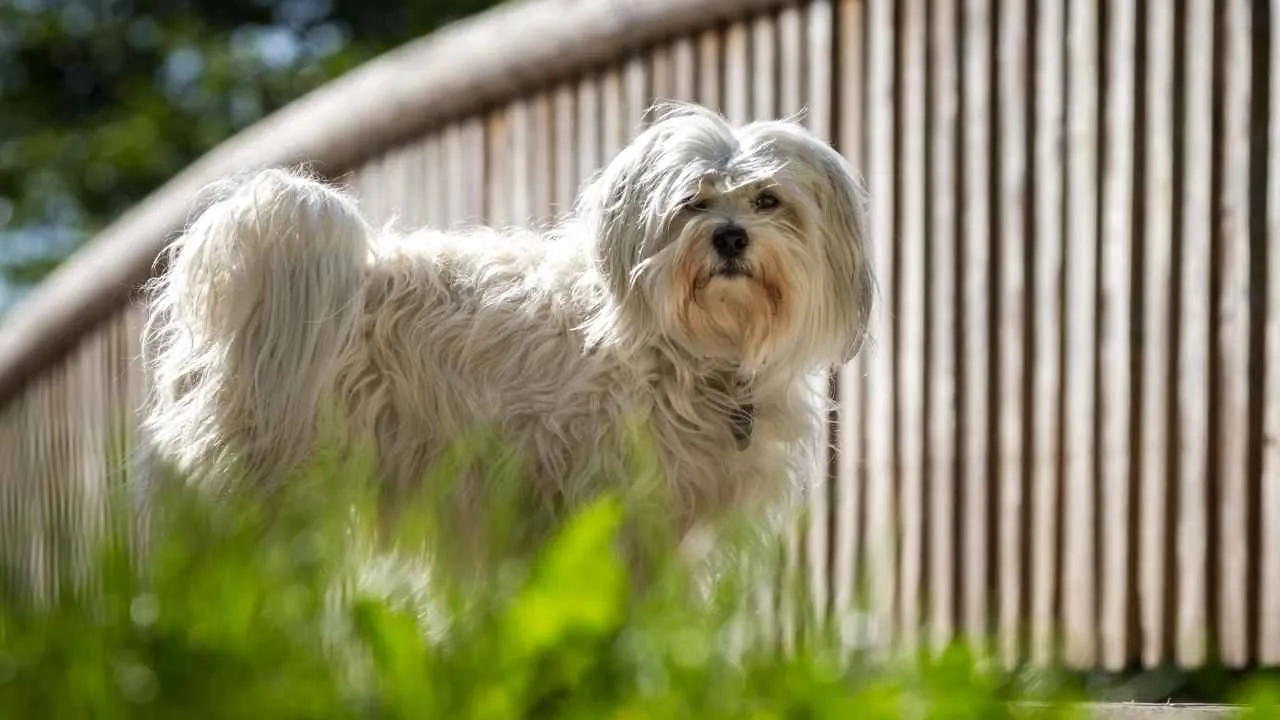
Originally from Cuba, the Havanese—also known as the “Havana Silk Dog”—has earned a reputation as a cheerful companion and devoted family member. Classified under the Toy group, this breed stands 8.5 to 11.5 inches tall and weighs between 7 and 13 pounds.
It boasts a long, silky double coat that may appear wavy or ringleted and comes in a variety of colors such as cream, black, red, and sable. Havanese dogs typically live between 14 to 16 years and are hypoallergenic, making them a great choice for families with allergy concerns. According to PDSA, the Havanese is an energetic, loving, and smart breed.
This breed thrives on interaction, often charming everyone with its clownish antics and affectionate nature. Its eagerness to please, combined with intelligence and playfulness, makes the Havanese both easy to train and deeply comforting—traits highly valued in therapy settings.
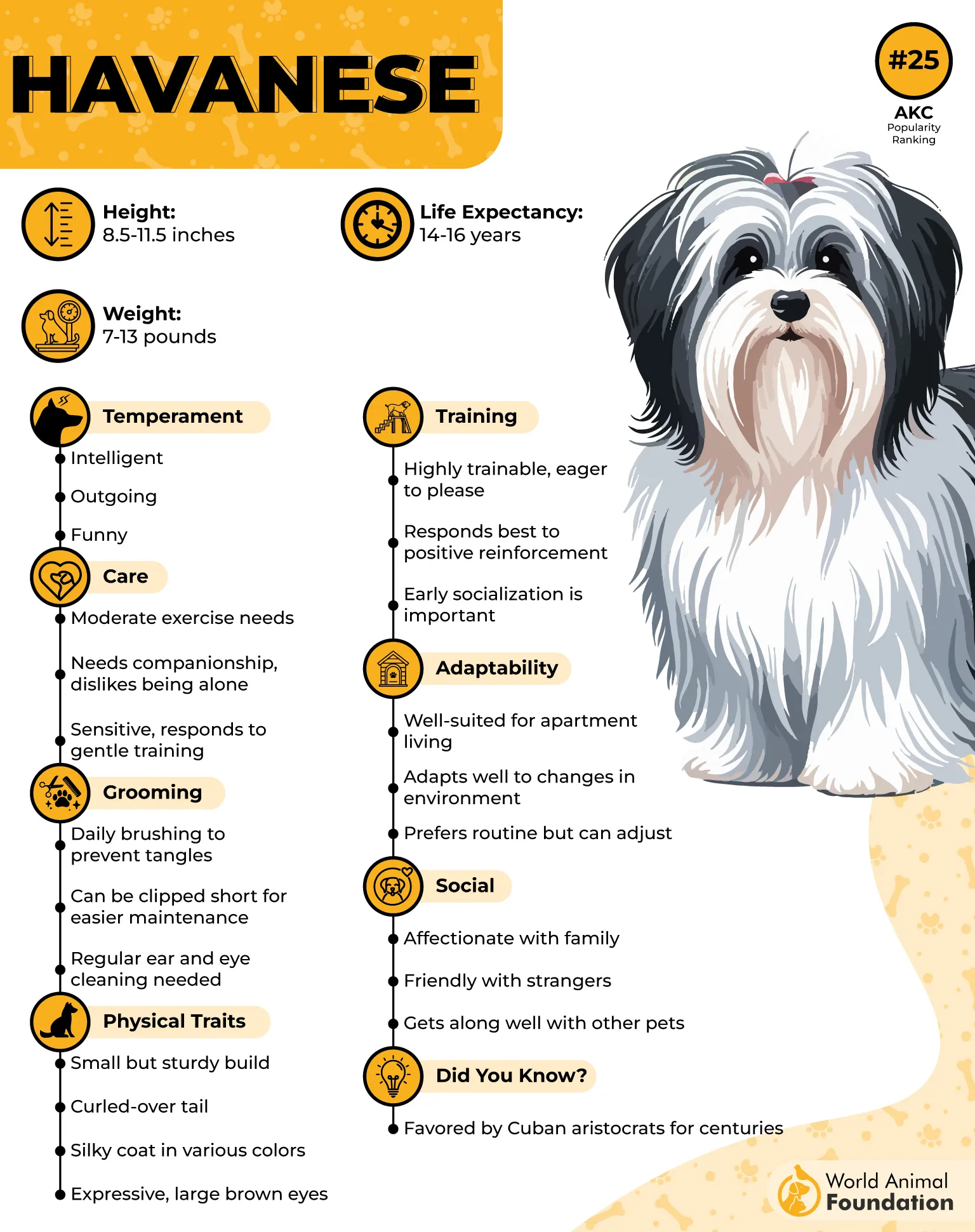
Ideal Owner
Havanese dogs are best suited for families where someone is often home. Their emotional sensitivity and deep attachment to their humans mean they don’t tolerate long periods of solitude well. They flourish in households with children or multiple companions, where affection and attention are plentiful.
Fun Fact: The Havanese’s lovable personality and need for closeness make them popular and great therapy dogs in nursing homes and hospitals.
5. Beagle
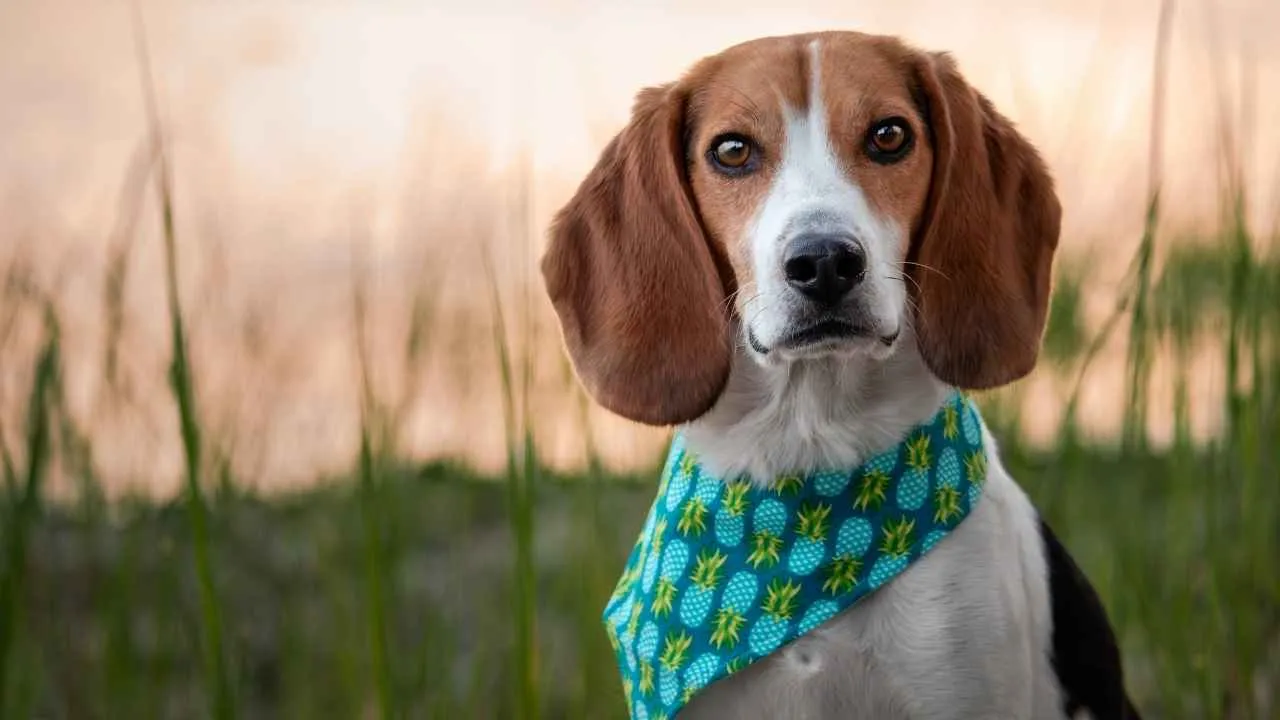
The Beagle, originally bred in England for scent tracking, belongs to the hound group and is a classic family favorite known for its affectionate and playful nature. Standing at up to 15 inches tall and weighing between 20 to 25 pounds, Beagles are compact yet energetic companions.
Their soft, short coats often come in striking tricolor patterns—combinations of black, white, tan, or even pale lemon. Recognizable by their large brown eyes and long floppy ears, these dogs possess a keen sense of smell and a cheerful disposition.
With a lifespan of 10 to 15 years, Beagles thrive in both houses and smaller living spaces, adapting easily to their environment.
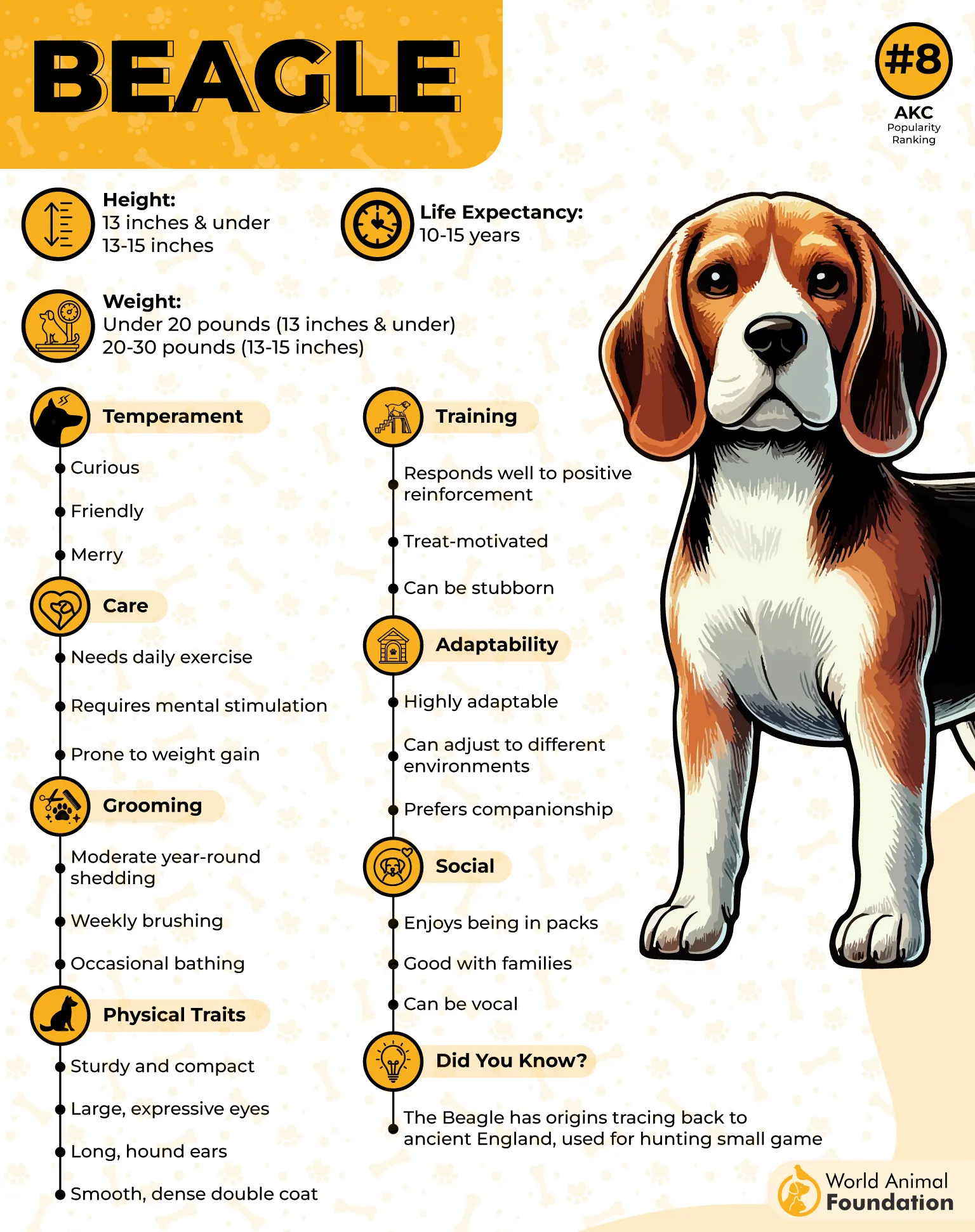
Ideal Owner
Beagles are a great match for families with children, especially those with an active lifestyle. Their sociable and affectionate demeanor makes them natural playmates for kids.
First-time dog owners can also consider them, though consistent training is essential due to their occasional stubborn streak. Their compact size and companionable nature also suit adults seeking a cuddly yet spirited therapy dog.
Fun Fact: Beagles are among the top scent hounds and can even be trained to detect drops in blood sugar—an ability that supports roles in medical alert work.
6. Bichon Frise
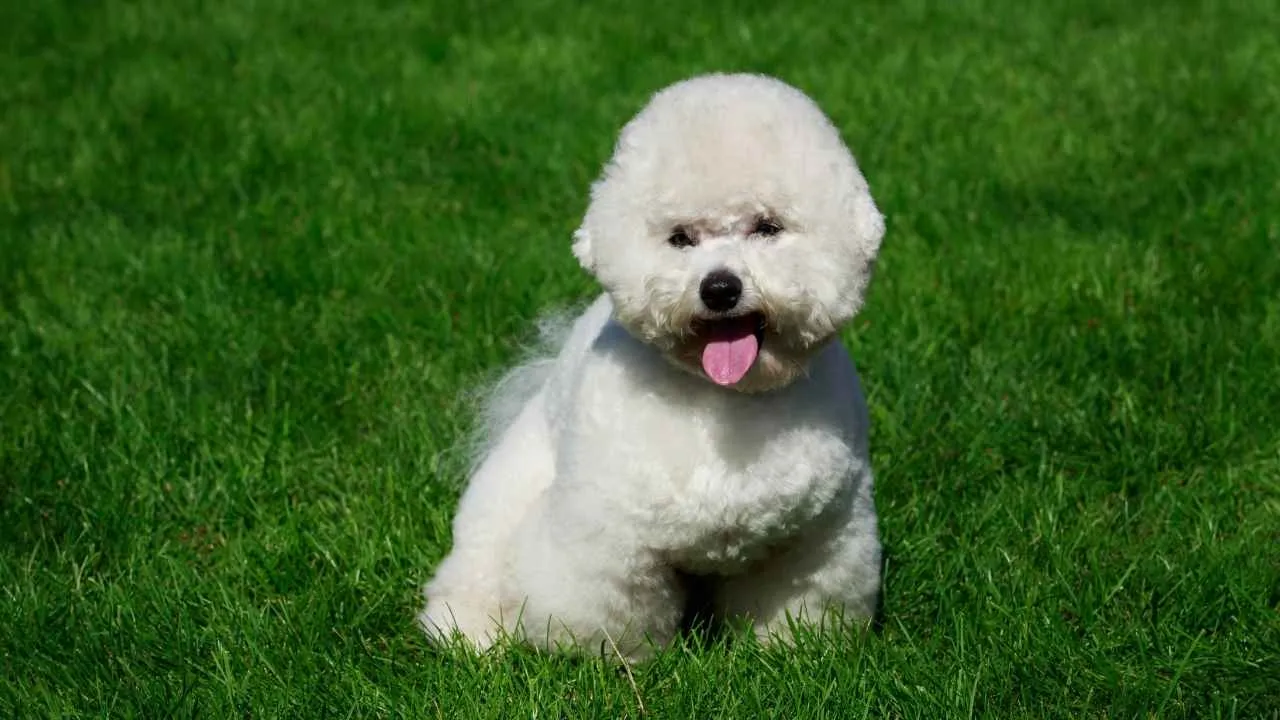
Known for its powder-puff appearance and cheerful and gentle temperament, the Bichon Frise—pronounced “bee-shon free-zay”—is a small, fluffy dog with a big heart. Originating from Spain and categorized under the Non-Sporting group, this breed typically stands between 9.5 and 11.5 inches tall and weighs around 12 to 18 pounds.
Its hypoallergenic coat, composed of soft, curly fur, comes primarily in white but may feature subtle tones of apricot, buff, or cream. With a lifespan of 14 to 15 years, the Bichon is a long-term, affectionate companion ideal for families seeking a reliable, gentle, and excellent therapy dog.
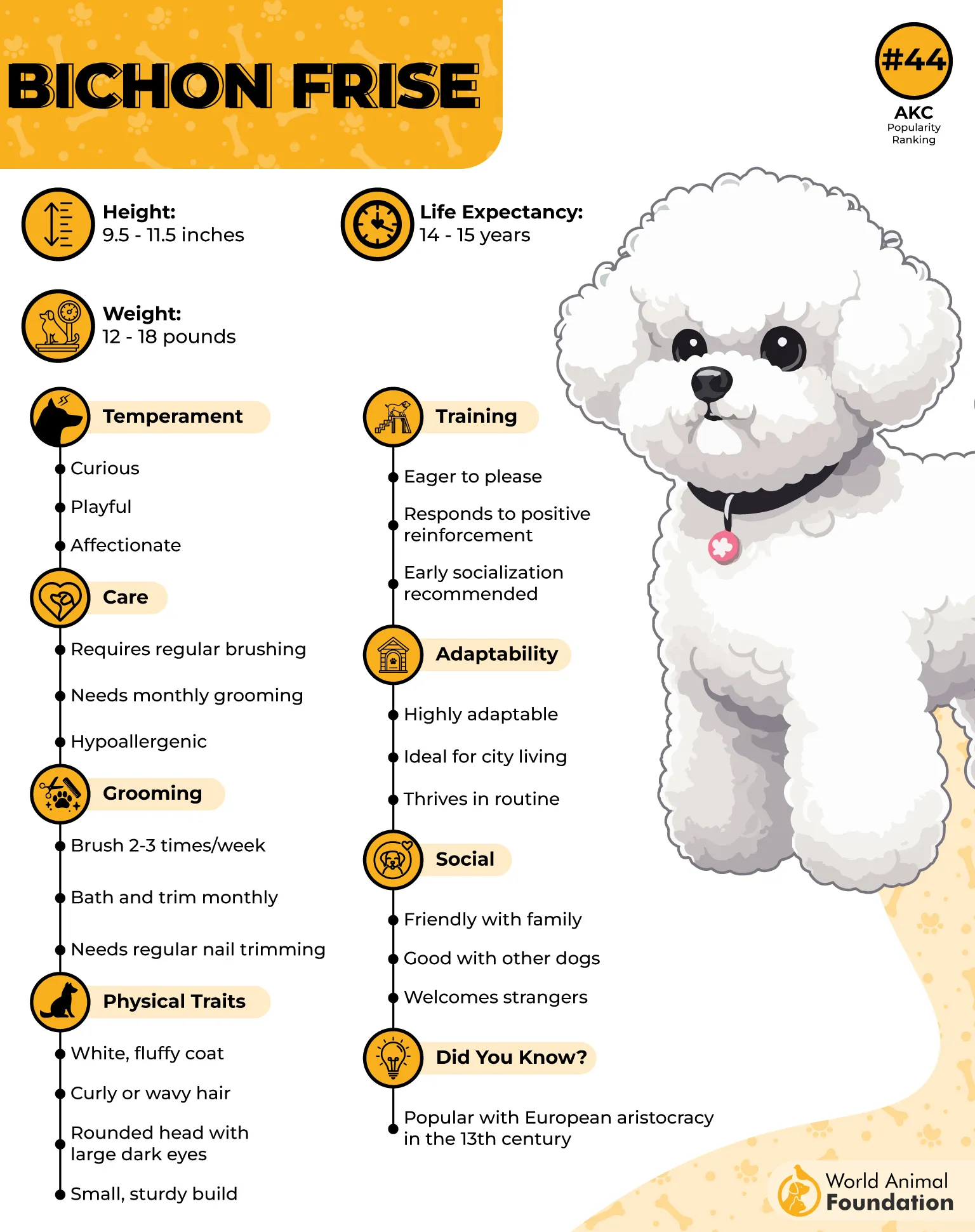
Ideal Owner
This breed is perfect for families living in apartments, as it requires minimal space and expels energy through indoor play. Their hypoallergenic coat also makes them an excellent choice for kids with allergies.
Bichons are naturally social and responsive to proper training, allowing them to excel in environments like schools or therapy sessions, where gentle interaction is key.
Fun Fact: The Bichon Frise hardly sheds, making it a great hypoallergenic choice for therapy work in therapy settings that require cleanliness and comfort.
7. Shih Tzu
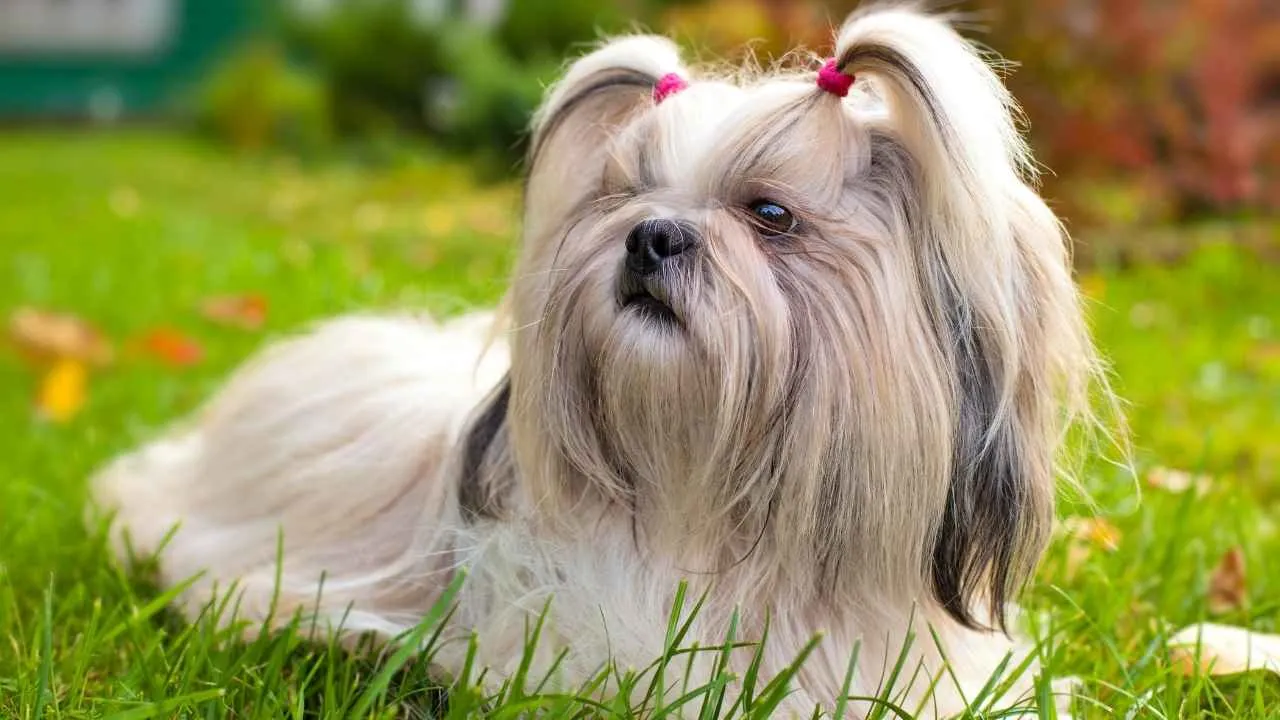
The Shih Tzu—whose name translates to “lion dog” in Mandarin—traces its royal origins back to ancient Tibet and China, where it was cherished as a companion animal to emperors. This toy breed typically stands between 8 to 11 inches tall and weighs 9 to 16 pounds.
With a life expectancy of 10 to 16 years, Shih Tzus are both long-lived and deeply affectionate. They are recognized for their flowing double coat, often seen in shades of black, gold, liver, or a mix of these.
Their endearing dark eyes, short muzzle, and confident posture give them an unmistakable charm. As part of the Toy Group, these dogs are small in stature but big in personality.
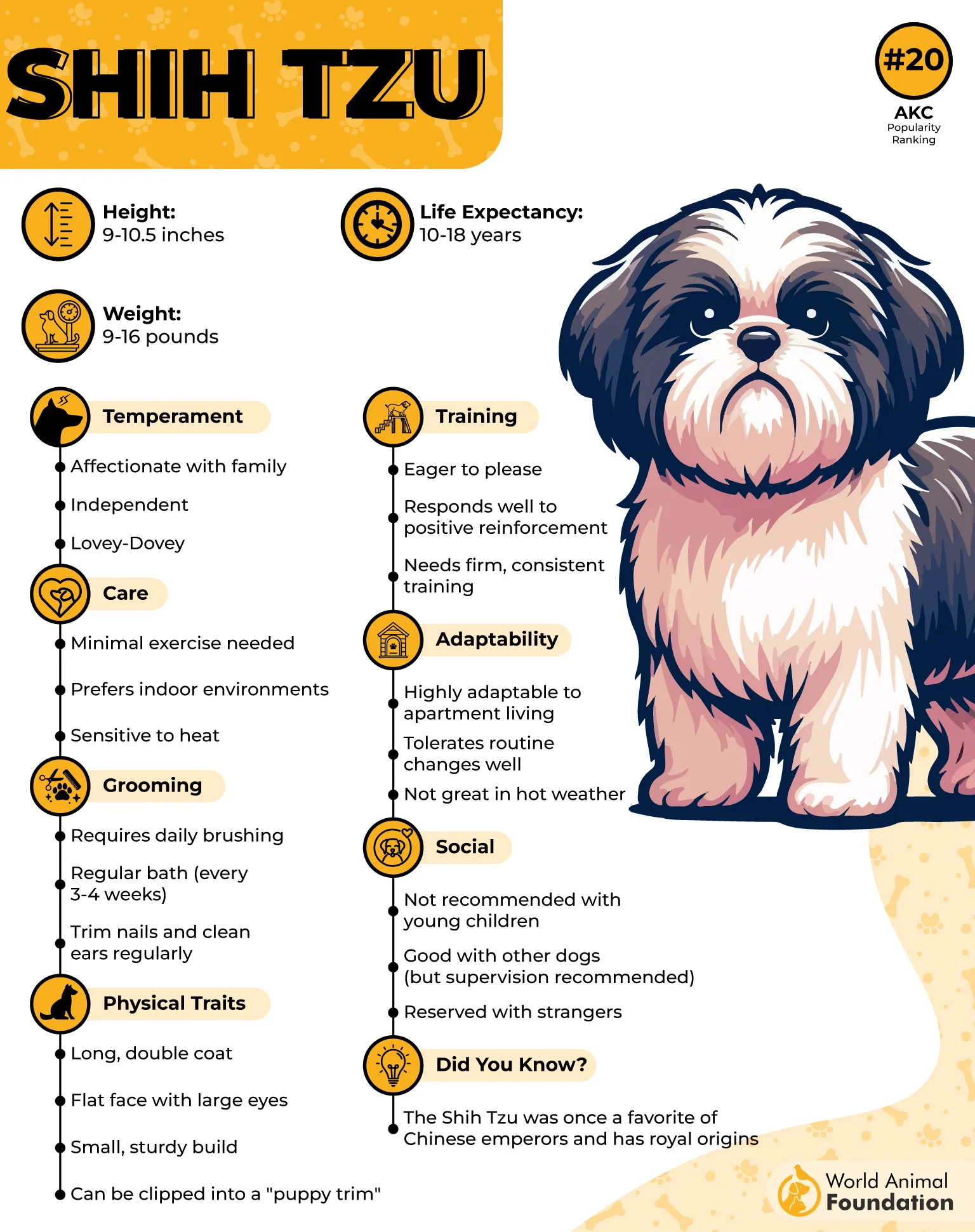
Ideal Owner
Shih Tzus are best suited for families, especially those with young children, thanks to their calm, loving nature. Their sociable temperament and hypoallergenic qualities make them a thoughtful choice for kids who may be sensitive or require emotional support animals.
These dogs are especially ideal for first-time dog owners, as they respond well to gentle training and thrive in affectionate households where companionship is valued.
Fun Fact: These small dogs were bred to resemble lions, which were sacred symbols in Buddhism, and were often gifted as royal offerings.
Conclusion
Therapy dogs offer children more than companionship—they provide emotional support, confidence, and comfort during critical stages of growth. Breeds like the gentle Shih Tzu are especially well-suited for young ones, with their calm temperaments and strong bonds with families. Whether in structured service dog work or casual cuddles on the couch, these dogs create a nurturing presence that fosters healing. Even mixed-breed therapy dogs can bring immense therapeutic benefits when chosen for their temperament and trained with positive reinforcement.
While not every breed excels in therapy, many others, including service dogs like the German Shepherd or Pembroke Welsh Corgi, are also ideal in roles such as medical alert dogs or emotional support companions. For families exploring therapy options, the right family dog can make all the difference, not just for the child, but for all dog lovers in the household. And remember, other dogs beyond the usual suspects can also thrive as therapy pets with love, patience, and the right guidance.


